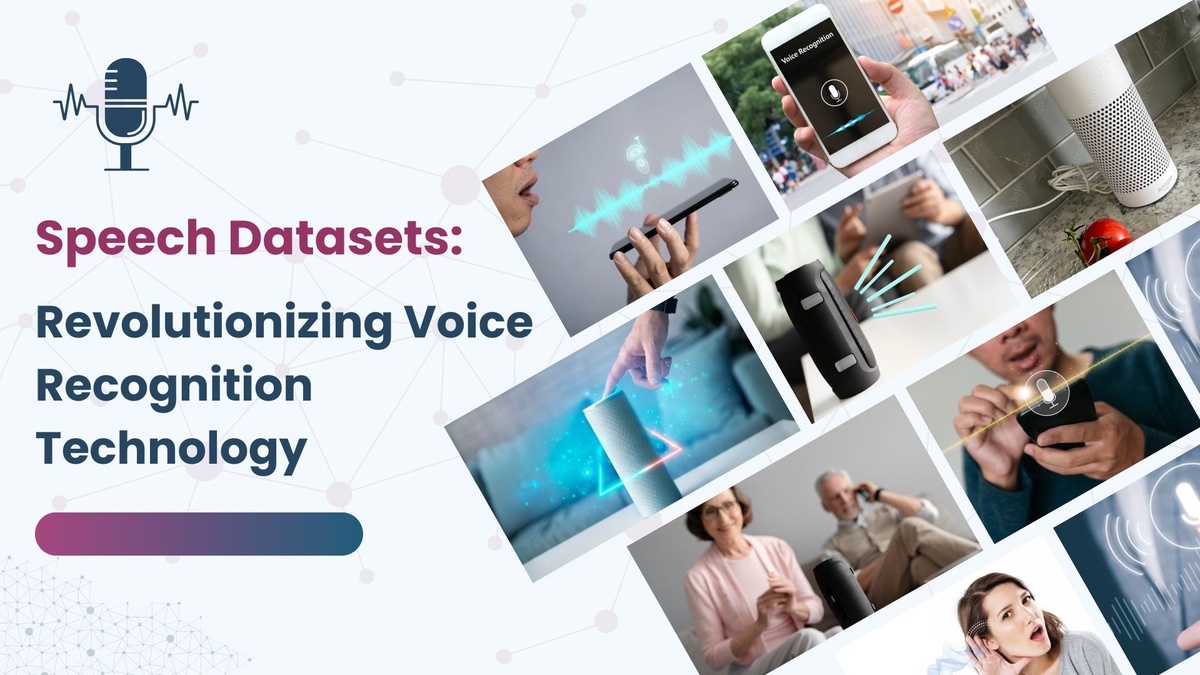Introduction
In the realm of digital communication, speech transcription technology has emerged as a cornerstone of modern convenience and accessibility. From its early stages to the futuristic AI-driven innovations, the evolution of this technology has been nothing short of revolutionary. This blog delves into the journey of speech transcription, exploring its beginnings, current state, and the exciting possibilities that lie ahead. The importance of efficient and accurate communication cannot be overstated. Speech transcription, the process of converting spoken words into written text, has emerged as a pivotal tool in this arena. This technology not only enhances accessibility and inclusivity but also streamlines workflows across various sectors.
The Evolution of Speech Transcription
Speech transcription is not a novel concept; its roots can be traced back to manual transcribing methods. However, advancements in artificial intelligence and machine learning have transformed this field. Modern speech-to-text solutions can accurately transcribe complex dialogues, recognize multiple speakers, and even capture nuances like tone and emotion.
Key Milestones:
- Early Dictation Machines: The initial steps in speech transcription involved mechanical dictation devices, which were cumbersome and limited in capability.
- Digital Revolution: The advent of digital technology brought more sophisticated software capable of handling voice inputs.
- AI and Machine Learning: Current transcription tools leverage AI to offer real-time, highly accurate transcriptions, learning and adapting to different accents and dialects.
The Dawn of Speech Transcription: A Historical Perspective
The journey of speech transcription began with rudimentary attempts to convert spoken words into text. In the early days, this process was manual and time-consuming, often requiring skilled stenographers. The advent of the first digital speech recognition systems in the late 20th century marked a significant leap, although these systems were limited by vocabulary size and struggled with accents and background noise.
The AI Revolution: How Machine Learning Transformed Speech Transcription
The introduction of machine learning and artificial intelligence brought a paradigm shift in speech transcription. Algorithms became capable of learning from vast datasets, significantly improving accuracy and speed. This era witnessed the rise of real-time transcription, capable of handling diverse accents, dialects, and even picking up nuances like emotional tone and context.
The Impact on Industries: From Healthcare to Customer Service
The implications of advanced speech transcription are vast and varied. In healthcare, it's been a boon for documentation, allowing doctors to focus more on patient care. In customer service, it's transformed call centers by providing real-time transcripts for better service quality. The technology has also democratized content, making it more accessible to people with hearing disabilities.
Applications of Speech Transcription
Business and Workplaces
- Meeting Minutes: Transcription tools can record and transcribe meetings, ensuring accurate minutes and freeing participants to engage more fully.
- Customer Service: Call centers use transcription for quality assurance and training purposes.
Healthcare
- Medical Records: Physicians can dictate notes during or after patient visits, which are then transcribed for record-keeping, improving efficiency and accuracy.
Challenges and Limitations: Privacy Concerns and Accuracy Hurdles
Despite its advancements, speech transcription is not without challenges. Privacy concerns loom large, with the need for secure handling of sensitive information. Additionally, while accuracy has improved, there remain scenarios where transcription can falter – in noisy environments, with heavily accented speech, or in conversations involving multiple speakers.
The Future of Speech Transcription: Predictions and Innovations
Looking ahead, the future of speech transcription is brimming with potential. Innovations like context-aware AI, capable of understanding complex conversations and industry-specific jargon, are on the horizon. There's also the exciting prospect of seamless integration with other technologies, like virtual reality, for more immersive communication experiences.
Conclusion
The journey of speech transcription technology is a testament to human ingenuity and the relentless pursuit of better communication. As we stand at the cusp of further groundbreaking developments, it's clear that this technology will continue to shape our world in profound ways. The future is bright, and the possibilities are endless.


No comments yet